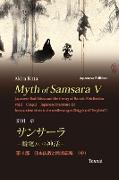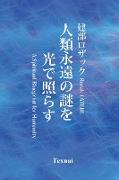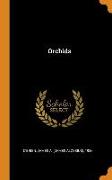- Start
- Myth of Samsara V (Japanese Edition)
Myth of Samsara V (Japanese Edition)
Angebote / Angebote:
In this chapter we discuss how the idea of Karmic Retribution deviated from its Indian or Chinese form in the Japanese literature from ancient times to the first half of the Middle ages. Buddhism's ultimate goal lay originally in everyone's becoming a Buddha (an awakened one) or in his attainment of the sublime state of Nirvana by overcoming Samsara or Karmic Retribution. However, the sort of Karmic Retribution expressed in "Buddhistic tales" in Japanese Ancient (Nara and Heian Period) had already been all-too-Japanese, that is "this world-centered". These tales didn't tell ordinary people that they should become Buddhas, but that they should wish to live comfortably both in this world and in the other world. Naturally, the true object of salvation here were only good people. This is called the theory of "Zennin Shohki". In the early Middle ages, however, Shinnran began to preach the theory of "Akunin Shohki" (evil people as the true object of salvation) . This isn't so much a special form of Karmic Retribution as the transcending of itself. Therefore, we can call it "causal simultaneity" or "the same time of cause and effect". This is one of the highest teachings attainded by Japanese Buddhism, and it is also characteristic of the literary works in the Middle ages, for example, Kamo-no-Chohmei's collection of Buddhistic tales "Hosshinshu" and his essay "Hohjoki", Saigyoh-Hohshi's collction of waka (31-syllable poems) and his quite unique waka-theory, a collection of Buddhistic tales "Senjuhsho" and Kenkoh-Hohshi's very popular essay "Tsurezuregusa" etc. Then, how was the Retribution-theory in diaries and fictional tales in Heian Period such as "Murasaki Shikibu Diary", "Sarashina Diary", "The Tale of the Bamboo Cutter", "The Tale of Genji" and especially "The Tale of Hamamatsu-Chuhnagon" ? A key word in understanding these works is "Sukuse" which means "fate that is determined from the previous life". Moreover, we find that "Mukoku" (which means "Revelation in a dream") and "Takusen" (which means "Revelation by a specter or a ghost or a soul") play a large role in these works. What kind of relationship do the words specific to the Heian literature have with the development of the Japanese Karmic Retribution-theory ? (to be continued)
Folgt in ca. 15 Arbeitstagen



